By Hasan Muhammad
Editor's Note: The writer is a freelance columnist on international affairs based in Karachi, Pakistan. The article reflects the author's opinions and not necessarily the views of China Economic Net.
China's manufacturing sector posted a purchasing managers index of 49.0 in October, just below the expansion line, yet the numbers tell a story of quiet strength and clear direction. The slight dip from September's 49.8 reflects familiar seasonal rhythms, with the National Day and Mid-Autumn Festival holidays naturally slowing factory floors. External pressures linger, but they do not define the trajectory. Beneath the headline figure, key industries are expanding, business confidence stays solid, and the broader economy signals stability.
Look closer and the bright spots stand out. High-tech manufacturing recorded a PMI of 50.5, well into growth territory. Equipment manufacturing followed at 50.2, and consumer goods at 50.1. These are not marginal gains. They represent the leading edge of China's economic transformation. Factories in Zhejiang Province turn out new energy vehicles at a brisk pace. Production lines for advanced machinery run smoothly. These sectors outperform the overall index because they embody the future Beijing has been building for years.
Business leaders remain optimistic. The production and business expectation index holds above 50, a clear vote of confidence from those who run the plants and manage the supply chains. Outside manufacturing, the non-manufacturing PMI rose to 50.1, and the composite output index stood firm at 50.0. Taken together, these readings point to an economy that absorbs short-term shocks while advancing long-term goals.
The timing could hardly be better. Just days ago, at the APEC summit in Busan, China and the United States agreed to a one-year trade truce. Tariffs on Chinese goods will ease by 10 percentage points, offering manufacturers predictable access to the world's largest market. Export orders may have softened in the PMI survey, but this deal removes a major cloud. Factories that rushed shipments ahead of potential new duties can now plan with greater certainty. Supply chains stabilize. Global partners benefit.
At home, the policy mix works in harmony. Third-quarter growth came in at 4.8 percent, a robust pace by any global standard. Beijing now aims to raise household consumption's share of the economy over the next five years, a move that will spread prosperity more evenly. Infrastructure projects move ahead. Credit flows to productive sectors. Green industries receive priority. The result is an economy that grows not just bigger, but better.
China's role in the world economy has never been more vital. Its factories supply components that keep assembly lines running from Detroit to Düsseldorf. Its solar panels and batteries drive the global shift to clean energy. When high-tech PMI readings climb, innovation spreads. Electric vehicles made in China push competitors to raise their game. Lower costs for renewable equipment accelerate the green transition everywhere.
Compare this landscape to other major economies. The United States enjoys strong growth, yet its households pay a hidden tariff tax. Europe wrestles with energy costs and weak demand. In this environment, China's steady output provides an anchor. Forecasts see growth at 4.8 percent this year and 4.4 percent next, enough to keep the country on track toward high-income status by 2035.
The October PMI does not mark a pause in progress. It reflects a system in transition, one that willingly trades raw speed for lasting resilience. Traditional sectors adjust. New ones rise. Employment in high-value industries expands. Domestic demand gathers momentum. Trade partnerships deepen across the Asia-Pacific.
For the world, a resilient China means reliable supply chains, affordable green technology, and a partner committed to open trade. For Chinese households, it means better jobs, cleaner air, and a rising standard of living. The October PMI, read properly, captures this moment: not a stumble, but a stride.
(Editor: wangsu )


